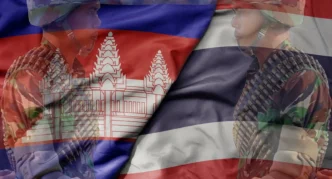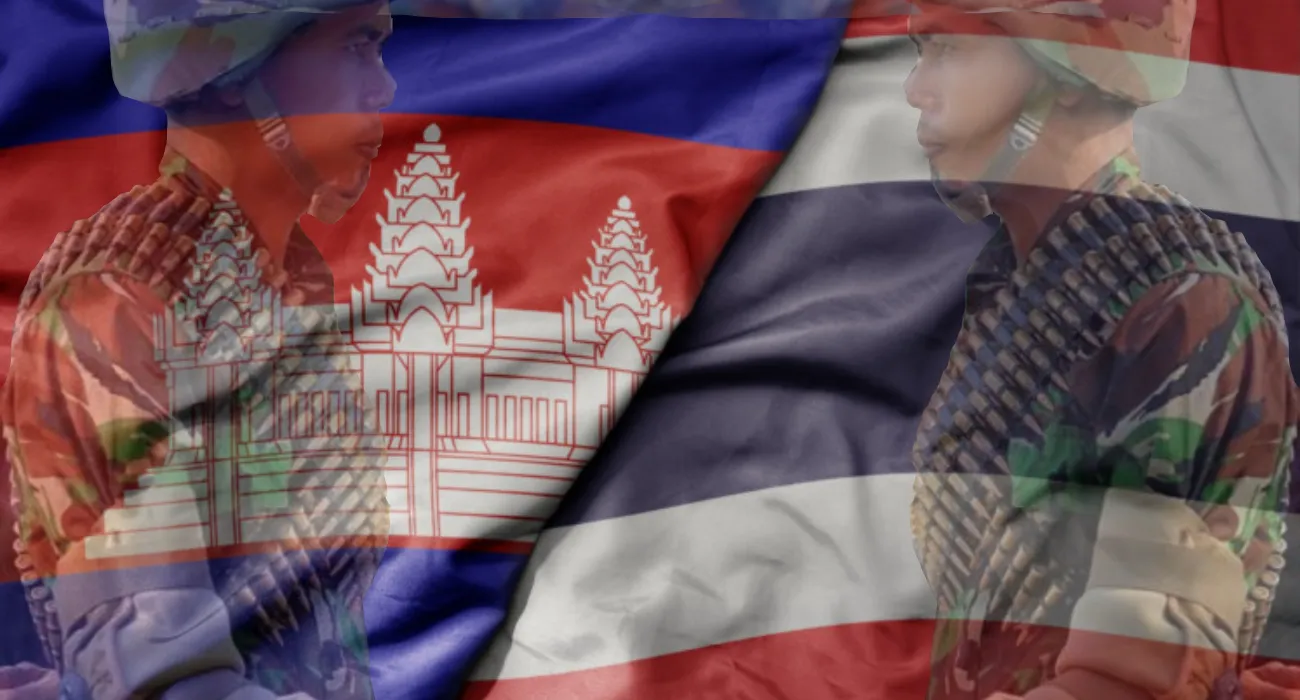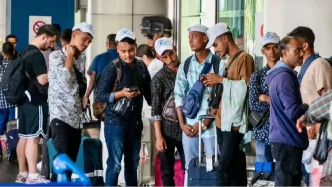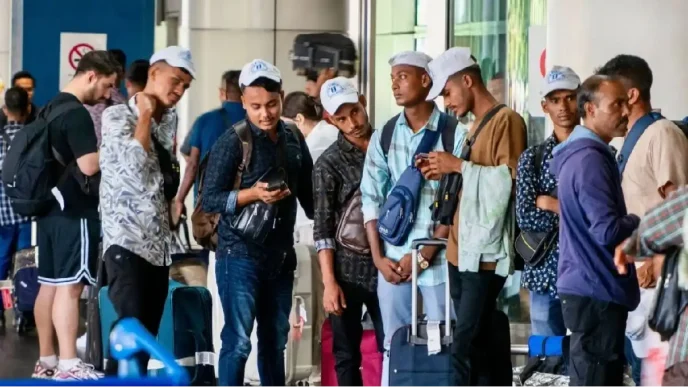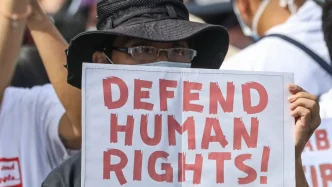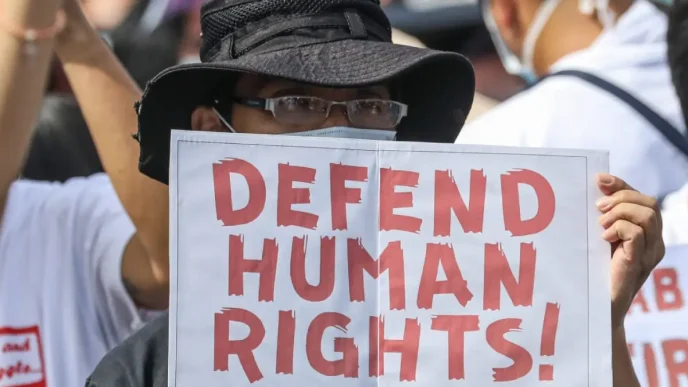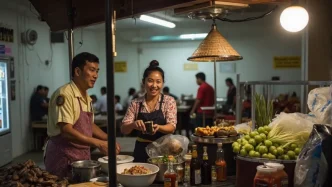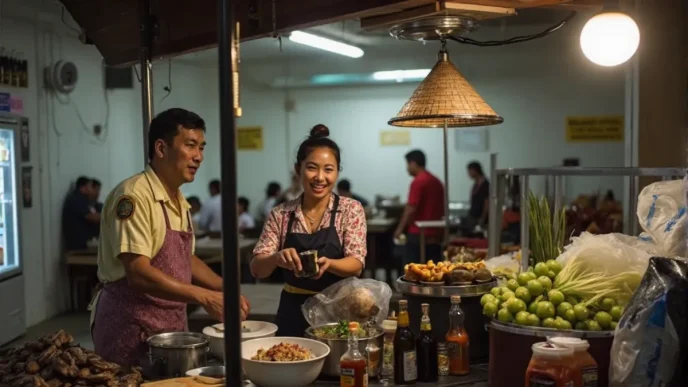Cambodia has signaled its intention to escalate four long-standing border disputes with Thailand to the United Nations’ International Court of Justice (ICJ), a move that underscores decades of tension over contested territories. The announcement, made by Cambodian officials in early 2025, comes despite Thailand’s apparent reluctance to engage in international arbitration, raising questions about the potential for resolution and the broader implications for regional stability in Southeast Asia.
Origins of the Dispute
The border disagreements between Cambodia and Thailand trace back to colonial-era mappings and treaties, particularly those drawn under French influence in the early 20th century when Cambodia was part of French Indochina. The most prominent flashpoint has been the area surrounding the Preah Vihear Temple, a UNESCO World Heritage Site, which was awarded to Cambodia by the ICJ in 1962. However, skirmishes and diplomatic spats over the temple and its surrounding 4.6 square kilometers of land have persisted, with deadly clashes as recent as 2011.
Beyond Preah Vihear, three other disputed areas along the 800-kilometer border remain unresolved. These include overlapping claims near the Dangrek Mountains and other less-publicized zones where local communities, military outposts, and historical narratives collide. Cambodian officials argue that unresolved boundaries have fueled intermittent violence, hampered cross-border trade, and strained bilateral relations, necessitating a neutral third-party intervention.
“We seek clarity and justice through international law” said a senior Cambodian foreign ministry spokesperson in a statement to local media on May 10, 2025. The official emphasized that unilateral negotiations with Thailand have yielded little progress over the past decade, prompting Phnom Penh to consider the ICJ as a last resort.
Thailand’s Hesitation and Regional Dynamics
Thailand, however, appears less enthusiastic about involving the ICJ. While Bangkok has not issued an official rejection of Cambodia’s proposal, Thai officials have historically preferred bilateral talks or joint boundary commissions to address territorial disputes. This approach, critics argue, allows Thailand to maintain greater control over negotiations, especially given its stronger military and economic position relative to Cambodia.
“Thailand believes in resolving issues through dialogue with our neighbors” said a Thai government representative in a press briefing reported by regional outlets on May 12, 2025. The statement suggests a preference for maintaining the status quo, potentially avoiding a binding ICJ ruling that could favor Cambodia, as seen in the 1962 Preah Vihear decision.
The reluctance also reflects domestic political considerations in Thailand. Nationalist sentiments often flare over border issues, with political factions quick to criticize any perceived concessions to Cambodia. Analysts note that Thailand’s military, which holds significant sway over border policies, may view international arbitration as a risk to national sovereignty. This dynamic complicates the prospect of a mutually agreed submission to the ICJ, which typically requires consent from both parties.
Legal and Diplomatic Implications
Should Cambodia unilaterally approach the ICJ, the court’s jurisdiction would be limited unless Thailand consents to adjudication. International law experts suggest that Phnom Penh may instead seek an advisory opinion from the UN body or rally support from ASEAN member states to pressure Thailand into dialogue. However, ASEAN’s principle of non-interference in internal affairs has historically constrained the bloc’s ability to mediate such disputes effectively.
“The ICJ route is more symbolic than practical at this stage” said Dr. Sopheak Meas, a legal scholar based in Phnom Penh, in an interview with regional media on May 15, 2025. Dr. Meas noted that while a unilateral filing could draw global attention to Cambodia’s grievances, it risks further straining relations with Thailand without guaranteeing a resolution.
Moreover, the financial and logistical burden of pursuing a case at the ICJ could strain Cambodia’s resources. Legal proceedings often span years and require extensive documentation, including historical maps, treaties, and evidence of effective control over disputed territories. For a developing nation like Cambodia, the costs—estimated at millions of dollars—could be prohibitive without international backing.
Impact on Local Communities and Regional Stability
At the heart of the border disputes are the communities who live in the contested zones, often caught between competing national narratives. In areas near Preah Vihear, villagers on both sides have faced restricted movement, sporadic violence, and economic hardship due to militarized borders. Cross-border trade, a lifeline for many rural families, has been disrupted during periods of heightened tension.
“We just want peace and the freedom to farm our land” said a Cambodian farmer living near the Dangrek Mountains, speaking to a local NGO in early 2025. Similar sentiments echo on the Thai side, where small-scale traders lament the uncertainty that accompanies diplomatic stalemates.
Beyond local impacts, the border issue carries broader implications for Southeast Asia. Cambodia and Thailand are key players in ASEAN, and unresolved tensions could undermine the bloc’s efforts to present a unified front on issues like economic integration and security cooperation. Analysts warn that prolonged disputes may also invite external powers—such as China, a major investor in both nations—to exert influence over bilateral matters, potentially complicating regional dynamics further.
Historical Context and the Preah Vihear Precedent
The 1962 ICJ ruling on Preah Vihear remains a touchstone for Cambodia’s current strategy. That decision, based on a 1904 Franco-Siamese treaty and subsequent maps, awarded the temple to Cambodia despite Thailand’s objections. However, the ruling did not fully demarcate the surrounding area, leaving room for ongoing disagreements. Clashes in 2011, which resulted in dozens of deaths, underscored the fragility of the status quo and prompted temporary UN Security Council discussions, though no binding resolution emerged.
Cambodia’s renewed push for ICJ intervention may draw on this precedent, arguing that historical treaties and international law consistently support its claims. Yet, Thailand counters that effective control and post-colonial agreements should take precedence over colonial-era documents, a position that has fueled decades of deadlock.
Economic Stakes and Cross-Border Cooperation
Economically, the border disputes hinder potential collaboration between the two nations. Joint tourism initiatives around Preah Vihear, for instance, have stalled due to security concerns and lack of agreement on revenue sharing. Similarly, infrastructure projects under ASEAN’s connectivity framework face delays in disputed zones, limiting trade routes that could benefit both economies.
A 2024 report by a regional think tank estimated that resolving border issues could boost cross-border trade by up to 15%, with potential gains of 500 million Thai Baht (US$14 million) annually for local businesses. For Cambodia, clearer boundaries could also attract foreign investment in agriculture and tourism near the border, sectors critical to its economic growth.
Yet, without a framework for resolution, economic opportunities remain out of reach. Both nations have intermittently discussed joint development zones as a compromise, but mutual distrust and domestic political pressures have derailed such proposals.
Looking Ahead: A Path to Resolution?
As Cambodia prepares its case for the ICJ, the international community watches with cautious interest. While a legal battle could set a precedent for resolving territorial disputes in Southeast Asia, it also risks deepening divisions between two neighbors with a shared history of conflict and cooperation. If Thailand remains opposed to arbitration, alternative mechanisms—such as ASEAN-mediated talks or confidence-building measures like demilitarization of disputed areas—may offer a more immediate path forward.
Public sentiment, as reflected in social media discussions on platforms like X, reveals a mix of frustration and hope. Many Cambodians view the ICJ move as a stand for sovereignty, while some Thai commentators express concern over potential loss of territory. Bridging these perspectives will require not just legal clarity, but also sustained diplomatic engagement and a commitment to prioritizing the needs of border communities.
For now, the border remains a literal and figurative line of contention. As Cambodia pushes for international intervention, the question lingers: can justice through the courts pave the way for lasting peace, or will it merely redraw the battle lines in a decades-old struggle?

